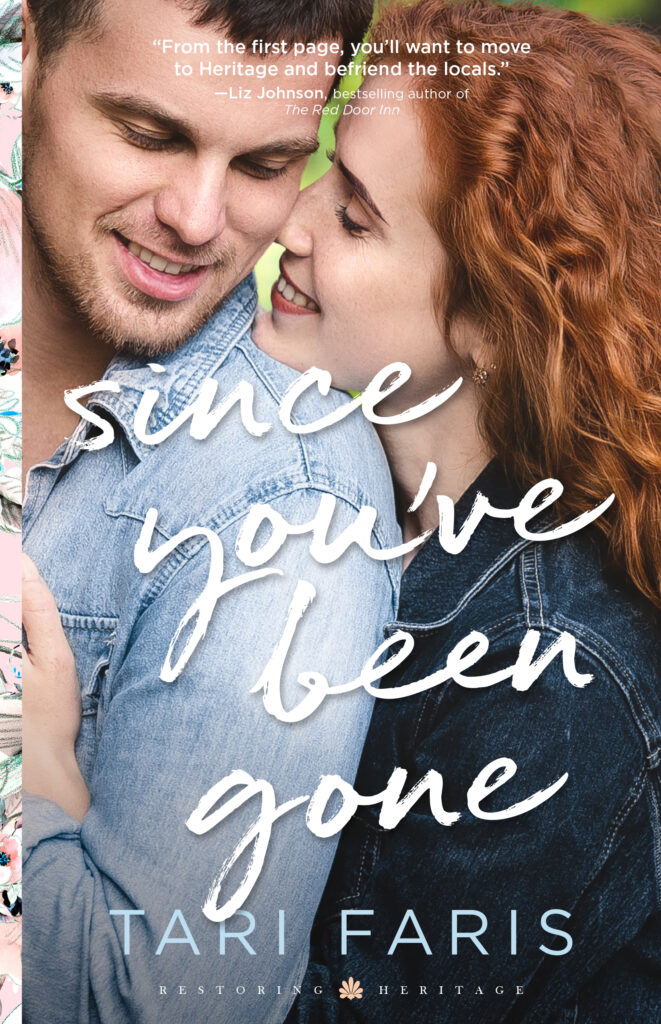by Tari Faris, @FarisTari
Welcome back to part three. If you haven’t read the first two posts in this series I would encourage you to. You can find them HERE and HERE.
Today we are covering two writing habits that make you look like a beginning writer and that is a lot to cover so let’s get to it.
Dialogue is not just talking.
That is right. Dialogue is the next way your writing can look unpolished. And I will admit this is a tricky one to master. But it helps when you remember that good dialogue isn’t just talking.
What I mean by that is we have a lot of wasted words when we talk. But dialogue can’t have wasted words. It has to be tight, snappy, and sound authentic. The best way to really understand dialogue is to listen to movies. You think trying to tell a whole story in 85,000 words is tough, try doing it in 2 hours. Every second counts. I can guarantee that the words aren’t wasted in good movies and neither are the pauses.
Rachel Hauck says to tell the story between the quotes. This is brilliant because when your characters talk your reader listens. Studies show people slow down when reading dialogue and speed up (more likely to skim) on narrative. So when you put the story in the conversation the reader is more likely to engage with it.
How do you do that? Have characters talk it out. This allows you to bring in back story naturally. Have your hero tell that tragic back story to the heroine. It also allows for bonding and a romantic tension to develop.
Remember last month when we talked about reaction scenes? Put some of those in dialogue with another character. Watching them talk it out helps the reader to engage with the thought process better. Too much in their head slows the story.
Which brings me to the next foundation block. . .

Well Placed Narrative.
What does that even mean? The narrative is all the parts of the story that are not in dialogue. That simple. And you can assume that if I just said to put as much as you can in dialogue, then we want to tell as little as we can in the narrative.
Don’t get me wrong, the narrative is important. It can draw us into the character’s thoughts and help us understand the way they think. But too much in their head and it slows the story down. We want to understand where a character is but too much description and the reader starts skimming.
So what it comes down to, choose your narrative specifically.
What moves the story forward? What does it reveal about the character? Does it reveal their physical state, emotional state, spiritual state?
If you have a paragraph about the flowers on the front porch then your character better be ripping them out in the next paragraph. Okay, not really, but I am just trying to emphasize that you don’t want to have disconnected description.
You can snapshot – something to give the reader anchoring – in fact, please do. But if you spend a lot of time on one thing, you better have a good reason.
Always ask, why would your character notice that right now? Because you have to stay deep in their thoughts. If they wouldn’t notice it, don’t describe it. My heroes aren’t going to necessarily notice the type of fabric a blouse is made of or the type of hairstyle she was wearing other and “she had it pulled up.” Stay in your character’s thoughts. Which brings me to deep POV which we will talk about next month.
Until then, Go read through your narrative and dialogue. Do you have a good balance of each? Read your dialogue out loud. Does it should natural. Cinematic? Are there descriptions of things your POV character wouldn’t notice?
Leah Williams is back in the quaint town of Heritage, Michigan, and ready to try again to make her business a success. But blank slates are hard to come by, and a piece of her past is waiting for her there. Heir to the Heritage Fruits company, Jonathan Kensington is the guy who not only made Leah’s past difficult, he also seems determined to complicate her present as well.
Jon is trying to prove to the Heritage Fruits board that he, not his manipulative uncle, should be running the business. The board insists Jon find a new owner for the building that will house Leah’s business. To avoid forcing a buyout of Leah’s part of the building, Jon strikes a compromise with Leah, and the two go into business together. With her vision and his know-how, it might work. And Leah might realize he’s loved her since high school. If only he didn’t keep on shooting himself in the foot by boxing her out of important decisions.
Sparks fly in this romantic story of two people who must learn to trust both each other and the one who called them to this journey.
Available now for preorder! And visit linktr.ee/tarifaris to sign up for preorder rewards!
Tari Faris has been writing fiction for fifteen years but has been creating fiction in her head as long as she can remember. She is represented by Wendy Lawton at Books & Such Literary Management and is a member of ACFW and My Book Therapy. She was the 2017 Genesis winner, 2016 Genesis finalist, and 2014 Genesis finalist. In addition to her writing, she also works for My Book Therapy as a special project manager and writes for LearnHowToWriteANovel.com . When she is not writing or working, she spends time with her amazing husband and kids. In her free time, she loves coffee, rockhounding with her husband and kids, and distracting herself from housework. You can connect with her at www.tarifaris.com


